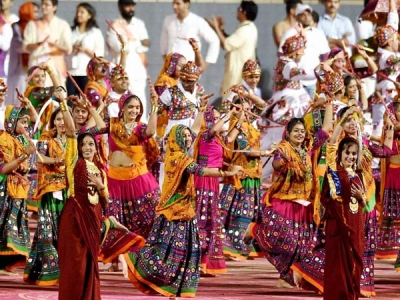
When someone mentions heritage, grand monuments is what often comes to front of the mind. But heritage is beyond that. It includes traditions or living expressions inherited from ancestors and passed on through generations. These may be in the form of performing arts, oral traditions, social practices, rituals knowledge, festive events and crafts among others.
Intangible cultural heritage plays an important role in maintaining cultural diversity in the times of globalisation. Understanding the heritage of different communities helps with intercultural dialogues and encourages mutual respect. It is especially relevant to minority groups and mainstream social groups within a State, and is as important for developing countries as for developed ones.
In 2003, UNESCO drafted the Conversation for the safeguarding of Intangible Cultural Heritage for the protection and promotion of intangible cultural heritage. As of 2020, 180 countries have either ratified, approved or accepted the Convention. Every year, the intergovernmental committee for safeguarding intangible heritage meets to evaluate nominations proposed by States and decide whether or not to include a certain element to the list.
Thus far, 549 cultural elements from 127 countries have been added to the list of Intangible Cultural Heritage. These include the Kumbh Mela, Yoga, Chhau dance, Kutiyaattan, and Ramlila among others from India.
Picture Credit : Google

